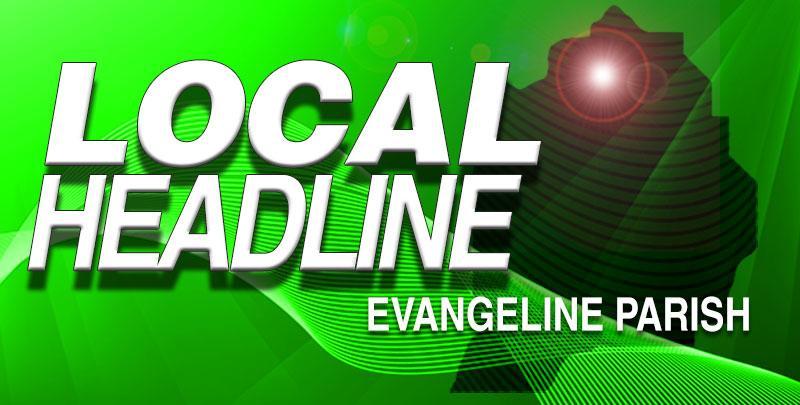Monday, Louisiana Governor John Bel Edwards announced the state will transition to Phase II of reopening on Friday. He will sign the proclamation today, and it will expire in three weeks, at which time it will be determined whether or not to go into Phase III or extend Phase II.
Beginning tomorrow, percentage of occupancy of buildings will increase, and businesses such as tattoo parlors and spas may open. Precautions are still urged, as people are encouraged to keep washing hands, maintaining social distancing, and wear masks to limit the spread of the virus which is still deadly to a number of people, especially those in the high-risk category.
Ville Platte Mayor Jennifer Vidrine said City Hall will remain closed to the public until further notice “while getting outfitted for all the safety precautions and sanitization for the public and the employees.” She said the same goes for the Swamp Pop Museum, which is owned by the city.
Now open with limitations such as up to 50% occupancy with parties maintaining at least six feet of distance:
*Churches
*Solo and non-contact sports
*Playgrounds, outdoor play centers
*Barbers and salons
*Museums, zoos, aquariums (no tactile exhibits)
*Gyms and fitness centers
* Malls
*Restaurants, coffee shops and cafes
*Bars and breweries with LDH food permit
*Theaters
*Casinos and video poker
*Racetracks (not open to spectators)
*Bars and breweries without LDH food permit can open at 25% capacity seated
*Day spas, tattoo shops, massage shops and estheticians
*Swimming pools (controlled recreational swimming)
*Bowling, skating
*Event centers
John Deville, owner of Cajun Catfish Buffet, said, “We’re trying the restaurant out at 50% capacity and we’re going to decide if it’s going to be profitable.”
Edwards said the state has more than 40,000 COVID-19 cases. “We are ranked 10th among all states, per capita with cases. At one time we were ranked at number two.” He said there are 31,728 presumed recoveries and called it “a positive going forward.” He said the state exceeded their goal of 200,000 tests in May, with 206,000 tests. The state is working on increasing testing, especially in vulnerable populations.
The Governor said he looked over the data with doctors and experts over the weekend, and said the state is seeing progress, but “we’re not going to be back to normal for some time.” He said there is still risk involved with opening the state wider. “There’s no way for me to stand up here and say that, if everything operates just as we prescribe it, everything is safe,” he added.
Dr. Alex Billioux, Assistant Secretary of Health for the Louisiana Department of Health’s Office of Public Health, presented data, saying numbers of cases, patients in emergency rooms with COVID-like symptoms, and death rates and hospitalizations are all decreasing for most of the state, with the exception areas of concern, such as New Orleans, Lake Charles, and Monroe.
Dr. Billioux urged wearing masks, calling them “vital.” He said a vaccine might not be available for three years, adding, “Masks are really a critical way of keeping what I’m breathing out, coughing out, sneezing out from reaching you. A significant number of us may have COVID-19 and not have any symptoms.” He also urged continuing good hygiene practices and warned against patronizing areas where there are a significant number of people not wearing masks. “Why put yourself at risk?” he asked. He also said employers should be careful about putting high-risk employees on the front lines.
Edwards asked everyone to take personal responsibility and added, “I would encourage you to patronize businesses engaging in the basic safety measures.” Both he and Billioux dissuaded citizens from visiting establishments or attending activities where there are lax rules of COVID-19 safety. The Fire Marshall’s Office has guidelines for businesses to follow in order to operate safely.
Nursing homes are not on the list to reopen in Phase II due to residents being among the highest risk of the population. Governor Edwards said “We want to reconnect family members with loved ones in nursing homes when it’s safe to do so. We know that, under the guidelines by the White House, that is not an activity under Phase II.”
Going into Phase III will depend on how well the state does with Phase II, which is expected to last for three weeks.

